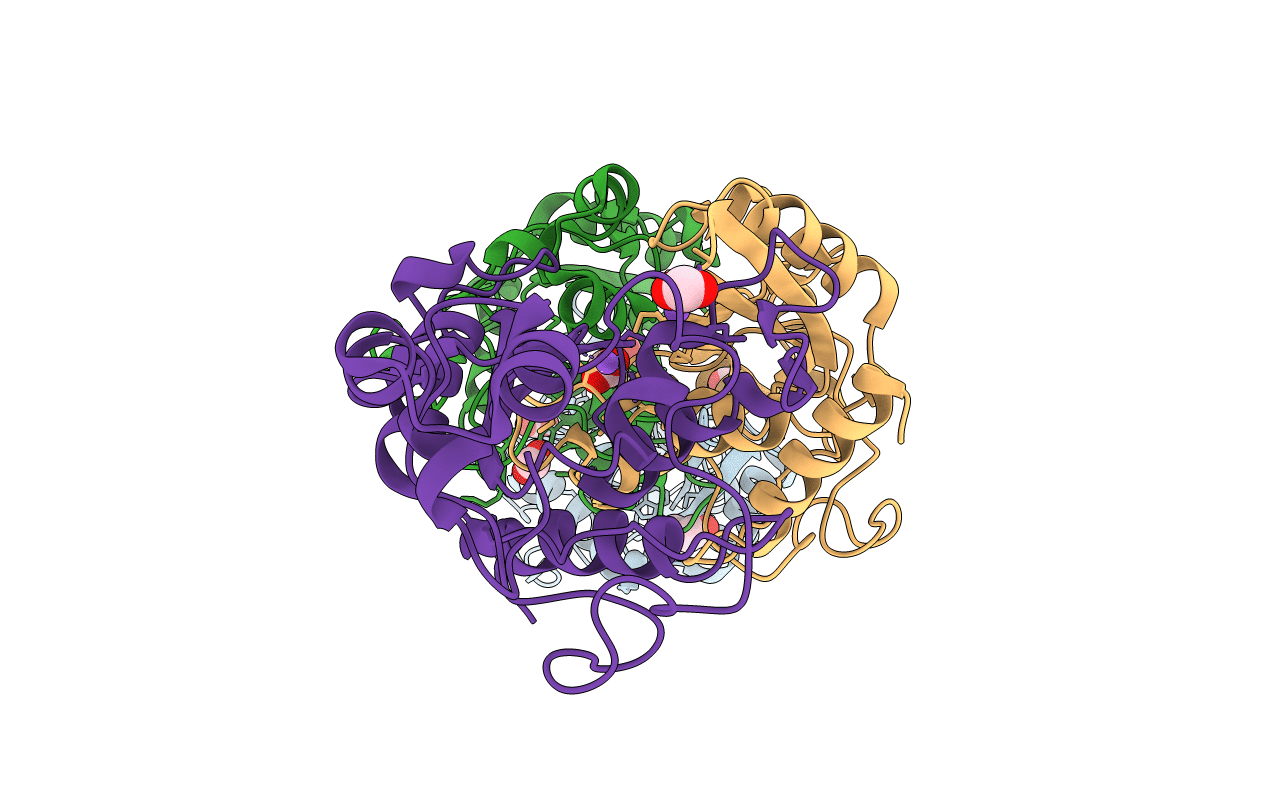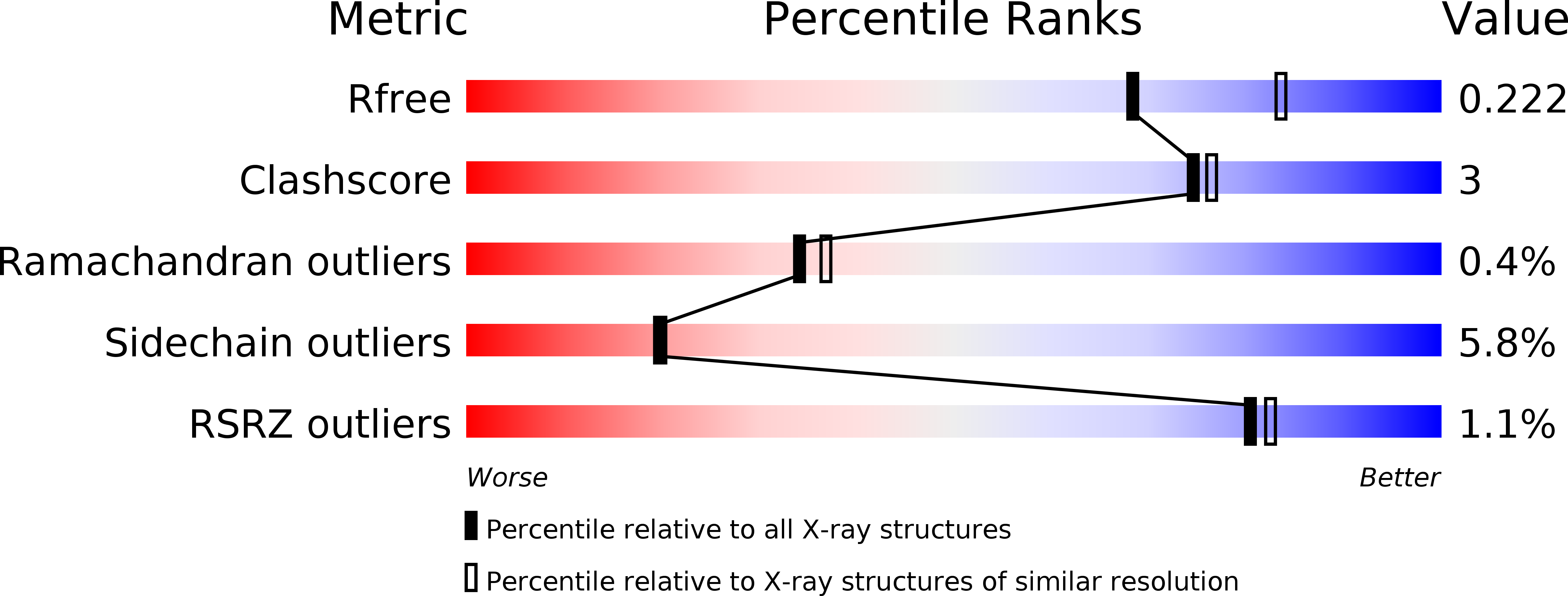
Deposition Date
2006-01-25
Release Date
2007-01-30
Last Version Date
2024-10-30
Method Details:
Experimental Method:
Resolution:
2.25 Å
R-Value Free:
0.25
R-Value Work:
0.20
Space Group:
P 21 21 21


